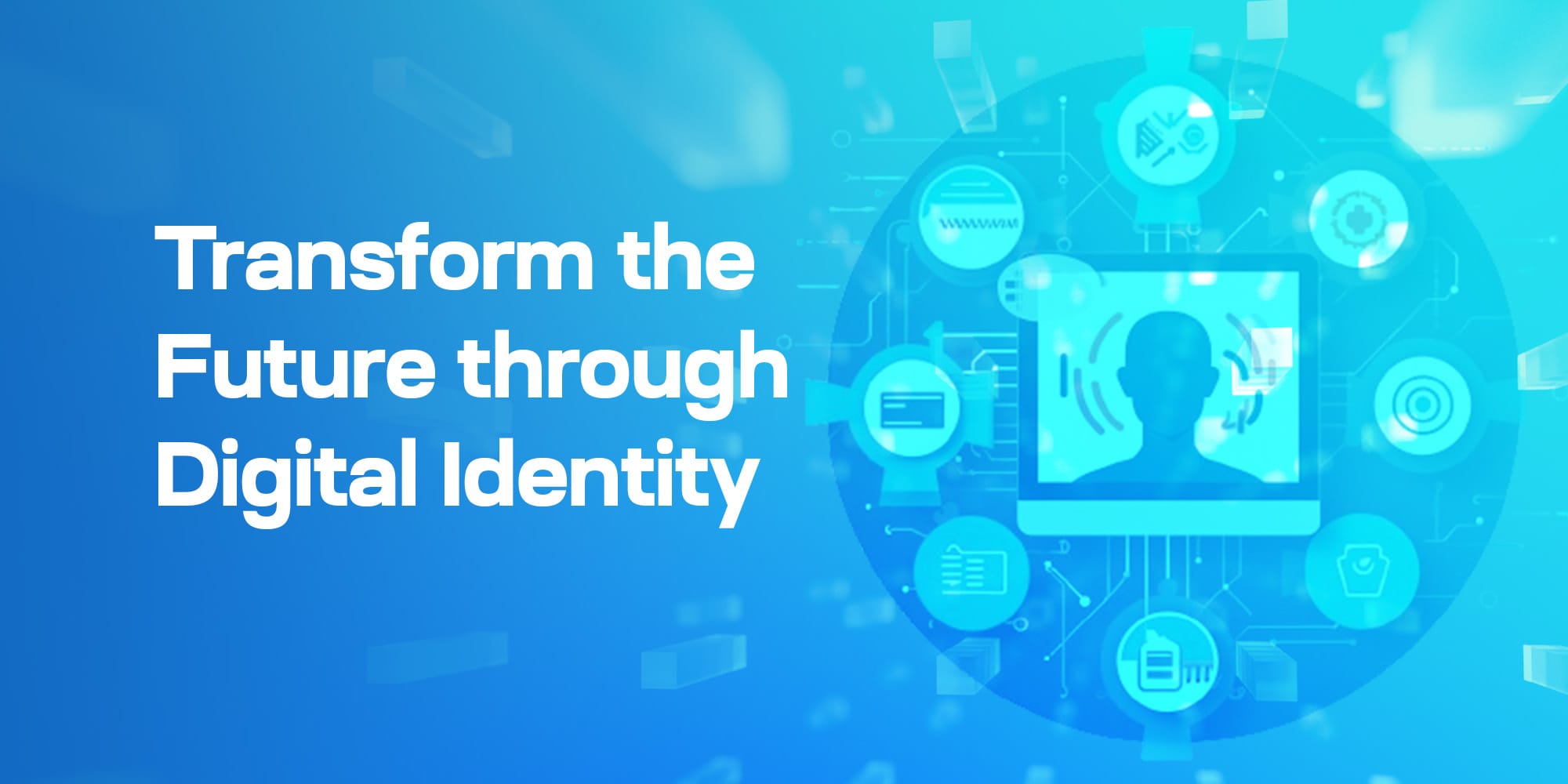Transform the Future through Digital Identity

Introduction to Identity Management: Identity management involves a framework of processes, policies, and technologies designed to ensure that only authorized individuals have access to technology resources, information, or services. Systems for identity and access management are constantly evolving to enhance security and user experience.
Issues with Current Digital Identity Management Systems: A digital identity encompasses all the information about an individual or organization existing online. Components of a digital identity include usernames, purchase history, ID numbers, and search history. Most of our digital identities are interconnected through devices, services, and apps predominantly using centralized and federated identity systems.
Privacy Risks and Regulations: As organisations gather sensitive user information and store it, there is a growing business risk, especially with increasing privacy regulations worldwide like the General Data Protection Regulation (GDPR) in the EU. GDPR, the world's most stringent privacy and security law, applies to any organisations outside the EU collecting data from EU residents.
Data Breach Concerns with Centralized and Federated Identity Management Systems: Centralized identity management involves a single authority collecting and storing user data, making it more susceptible to data breaches, including identity theft. Federated identity management, often known as single sign-on (SSO), poses a risk; if the password is stolen, all sites using the same sign-on account may be exposed.
User Experience Challenges with Multiple Login Accounts: Centralized identity systems create inconvenience as users must create a new account and password for each new website or app. This results in increased personal data online and greater information management. The average person now manages around 100 passwords, escalating their security risk with each new account.
Costly and Time-Consuming KYC/AML Checks: Know Your Customer (KYC) onboarding processes require verification of organisations, users, and third parties. Conventional verification processes are often manual, time-consuming, and costly for stakeholders, particularly KYC companies managing diverse client needs in industries such as banking, healthcare, and immigration.
Identity Theft Statistics: Key statistics on identity fraud highlight its substantial financial impact, particularly with billions of dollars in losses each year. Alarmingly, children are increasingly victims of identity fraud, with over 1 million cases reported in 2020. Government benefits fraud topped identity theft types in 2021, closely followed by credit card fraud. A concerning 87% of consumers have exposed personal information online while accessing emails, bank accounts, or financial information.
Highlighting these key features, Omchain Foundation introduces a groundbreaking product!
- Identity Verification on the Blockchain:
Proof of Identity (PoI) is decentralized on the blockchain, eliminating the need for database queries during authentication.
- Unified Digital Identity:
No longer will users and institutions need to navigate multiple digital identity frameworks and passwords. A single Digital Authenticator app streamlines identification processes for all services.
- Streamlined Transactions and Cost Efficiency:
Digital Authenticator eliminates the need for printing and signing documents, providing an eco-friendly and effective solution. It also minimizes the expenses associated with SMS and email verifications, making authentication both economical and faster.
- Heightened Security and Privacy:
Empowering users to have true ownership of their identity, the Digital Authenticator ensures data sharing only with the user's explicit cryptographic consent. This not only enhances security but also ensures compliance with data privacy regulations. We do not possess or store authentication data; instead, we offer a plugin to data owners to enhance their infrastructure and enable interoperability
Keep an eye out for the upcoming advantages of the Digital ID application.
